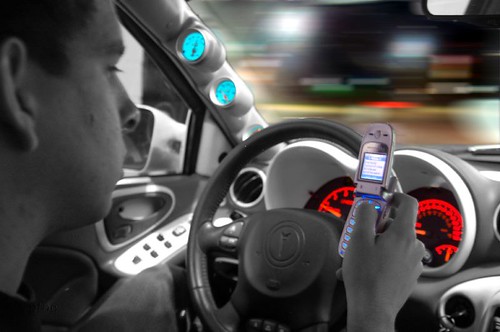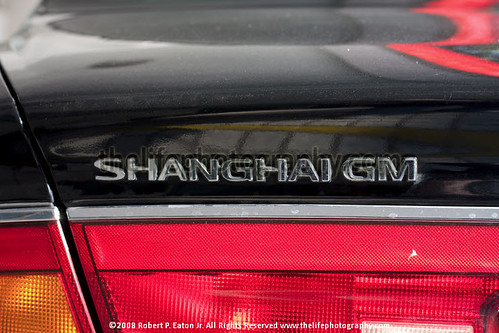USDOT Gets Serious About Distracted Driving; Plans afoot for a summit in September 2009
(Source: NY Times)
The Department of Transportation plans to hold a summit meeting on distracted driving in September, according to a safety advocate who was invited to participate reported NY Times on Monday.
David Teater, a spokesman for the National Safety Council, a nonprofit advocacy group, said the Transportation Secretary, Ray LaHood, plans to hold a press conference Tuesday to announce plans for the summit meeting.
The agency confirmed that Secretary LaHood is making an announcement Tuesday “about combating distracted driving,” including practices like texting behind the wheel. As indicated the Secretary went public, outlining his plans for a summit this morning. In late September, senior transportation officials, elected officials, safety advocates, law enforcement representatives and academics will convene in Washington, DC to discuss ideas about how to combat distracted driving.
“If it were up to me, I would ban drivers from texting, but unfortunately, laws aren’t always enough,” said Sec. LaHood. “We’ve learned from past safety awareness campaigns that it takes a coordinated strategy combining education and enforcement to get results. That’s why this meeting with experienced officials, experts and law enforcement will be such a crucial first step in our efforts to put an end to distracted driving.”
Secretary LaHood noted today on his Fast Lane Blog:
When I was home in Peoria a few weeks ago, Alyssa Burns, a 17-year-old high school student was killed when she drove off the road.
It turns out she was texting while driving.
We’ve all seen the footage of the bus driver who was talking and texting on two cell phones while driving.
He smashed into the back of a car, injured the driver, and ended up driving into a swimming pool.
The horrific commuter train crash last year in California involved an operator who was too busy texting to pay attention to what he should have been doing. As a result, 25 people were killed and 135 were injured.
If it were up to me, I would ban drivers from texting.
But we’ve learned from our efforts to get people to wear seat belts and to persuade them not to drive drunk that laws aren’t always enough. Often, you need to combine education with enforcement to get results.
That’s why I announced this morning that I have decided to convene a summit of senior transportation officials, safety advocates, law enforcement representatives, members of Congress and academics who study these matters.
We will meet next month to discuss how to put an end to the rash of accidents and fatalities that have cropped up because of distracted driving.
When we are done, I expect to have a list of concrete steps to announce.
The bottom line is, we need to put an end to unsafe cell phone use, typing on blackberries and other activities that require drivers to take their eyes off the road and their focus away from driving.
The USDOT press release provides further information on the summit and also directs readers to a website created for this summit. For information and updates on next month’s summit on distracted driving, visit:http://www.rita.dot.gov/distracted_driving_summit/. Taking it one step further, the website offers to provide updates on the Distracted Driving Summit via Twitter at http://twitter.com/distractdriving.
Click here to read the entire article.












